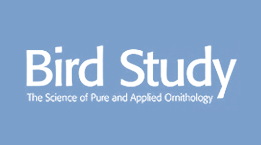A comparative study of Ural Owl Strix uralensis breeding season diet within its European breeding range, derived from nest box monitoring schemes
Capsule: Voles are the main prey of the Ural Owl Strix uralensis in Europe, with larger prey and higher prey diversity being positively associated with owl breeding performance.
Aims: To assess the breeding diet and its influence on the breeding performance of the Ural Owl across a north–south gradient of its European range using nest box monitoring data.
Methods: Comparable monitoring of nest boxes in different biogeographical regions of Europe (Finland, Latvia, Slovenia) and diet analysis from nest samples to assess the taxonomic and trait influence of prey on owl breeding performance in different environments.
Results: High plasticity in the Ural Owl hunting behaviour under different prey availability conditions resulted in significant differences between regions and years. Voles formed the highest proportion of the diet in all studied regions. Owl brood size was positively associated by higher proportions of voles and mice in the diet, and with increasing proportions of seasonally available larger prey and consequently prey diversity. Brood size was negatively associated with the proportion of non-mammalian and predominantly forest-living prey.
Conclusions: The study highlighted the importance of comparative studies of raptor ecology across their geographical ranges in different environmental conditions to reveal undiscovered patterns, which may go undetected when conducting studies at the regional scale only.


